The Internet of Things has the potential to increase complexity and amplify risk but it could also enable more innovation throughout the entire insurance value chain, including the way claims are settled in future, according to new research from Lloyd’s. IoT will lead to data capture and management at an unprecedented scale, according to the report. This could mean better risk assessment and more flexible, bespoke and real-time products. It may also increase policyholder concerns about the use and accuracy of their data. Interconnectivity can also create new business models where more is known about insureds, policies are generated in real-time and are bespoke, and fraudulent claims are recognised more quickly. The ability to create personalised policies will also enable insurers to more accurately predict and mitigate risks.
However, the report also noted that new types of threats will emerge, which will increase the demand on insurers to come up with new products and services. The scale and variability of the type of disruption that could occur will affect multiple sectors and lines of business. In addition, the range and quality of security standards that currently exist for the IoT will make it hard for insurers to make risk assessments. And there are critical blind spots in the regulation and legislation of IoT devices and their impacts. These include uncertainties surrounding attribution and liability should anything go wrong.
Head of Innovation at Lloyd’s Trevor Maynard, said: “Insurers should play a role in shaping the IoT landscape and Lloyd’s has proposed several options from leading on data standardisation to working with governments and tech companies. Insurers should proactively talk with clients to review and assess all risks associated with IoT to provide them with advice on best practice and appropriate risk solutions, thereby shaping the development of the IoT ecosystem in which they operate”.
Director of STEaPP's Digital Policy Lab, Madeline Carr, said: “Any large-scale technological shift raises challenges to the status quo and creates opportunities for those who see them early on in periods of transformations. Early adopters, especially in markets, are afforded additional benefits, as they can shape expectations, terms of engagement, and best practices in ways that address their interest. This report with Lloyd’s provides a timely study of not only the challenges but also multiple opportunities that the IoT will introduce into the sector.”
‘Networked World: Risks and Opportunities in the Internet of Things’, published in collaboration with University College London’s (UCL) Department of Science, Technology, Engineering and Public Policy (STEaPP) and the PETRAS Internet of Things Research Hub, analysed the impact of the IOT on the insurance sector.
Printed Copy:
Would you also like to receive CIR Magazine in print?
Data Use:
We will also send you our free daily email newsletters and other relevant communications, which you can opt out of at any time. Thank you.



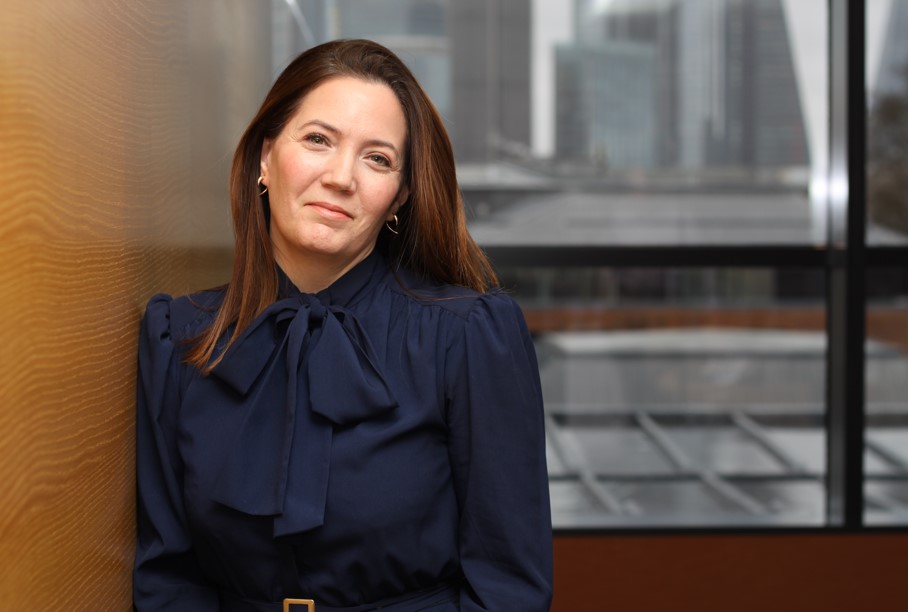
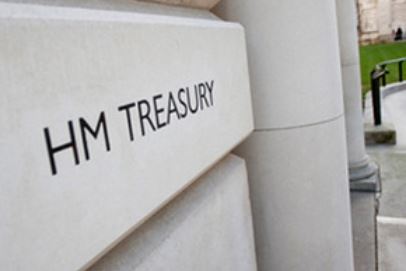

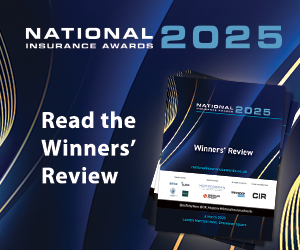

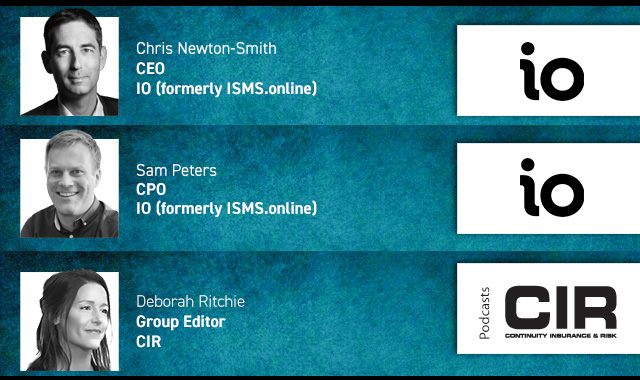
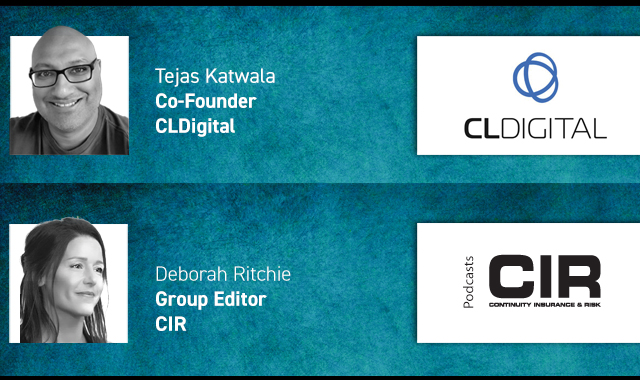

YOU MIGHT ALSO LIKE